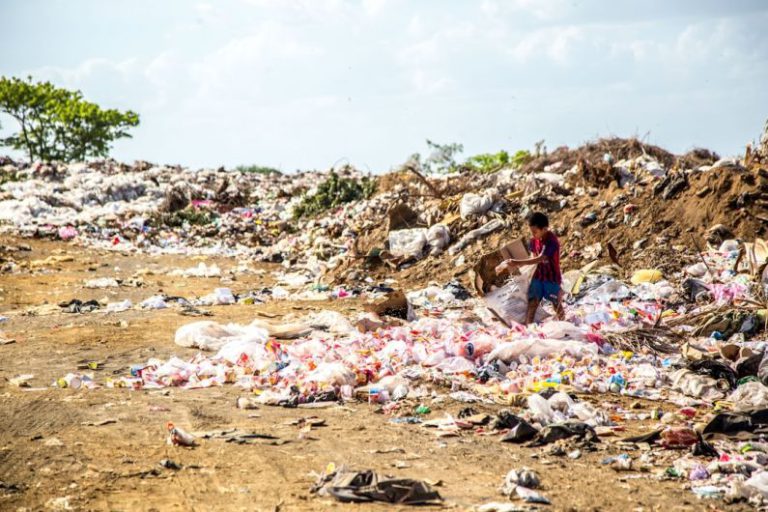The Synergy between Retreading and Renewable Energy
As the world shifts towards a more sustainable future, industries are constantly seeking innovative ways to reduce their environmental impact. In recent years, the synergy between retreading and renewable energy has emerged as a promising solution to both reduce waste and promote cleaner energy sources. This unexpected partnership between two seemingly unrelated sectors highlights the interconnectedness of sustainable practices and the potential for collaboration across industries.
**The Role of Retreading in Sustainability**
Retreading, the process of reusing and remanufacturing worn tire casings with new treads, has long been recognized as an environmentally friendly alternative to tire disposal. By extending the life of tires through retreading, significant amounts of raw materials and energy that would have been used in the production of new tires are conserved. This not only reduces the environmental footprint of the tire manufacturing industry but also minimizes the amount of tire waste that ends up in landfills or incinerators.
**Renewable Energy: A Growing Industry**
On the other hand, the renewable energy sector has been experiencing rapid growth in recent years as countries around the world seek to transition away from fossil fuels and towards more sustainable energy sources. Technologies such as solar, wind, and hydroelectric power have become increasingly cost-effective and efficient, making them viable alternatives to traditional energy sources. The renewable energy industry offers a wide range of benefits, including reduced greenhouse gas emissions, improved air quality, and job creation in the clean energy sector.
**The Synergy Unveiled**
The synergy between retreading and renewable energy lies in their shared commitment to sustainability and resource efficiency. One of the key areas where these two industries intersect is in the use of renewable energy sources to power retreading facilities. By harnessing solar, wind, or hydropower to meet their energy needs, retread manufacturers can significantly reduce their carbon footprint and operating costs. This shift towards renewable energy not only aligns with global sustainability goals but also enhances the overall environmental performance of the retreading process.
**Case Studies: Driving the Change**
Several retread manufacturers have already embraced renewable energy solutions to power their operations and drive sustainability initiatives. For example, a leading tire retreading company in the United States installed solar panels on the roof of its production facility to generate clean electricity for its manufacturing processes. By leveraging solar power, the company not only reduced its reliance on grid electricity but also demonstrated its commitment to environmental stewardship.
In another case, a retread manufacturer in Europe partnered with a local wind farm to purchase renewable energy credits that offset the carbon emissions associated with its operations. Through this collaboration, the company was able to support the expansion of clean energy infrastructure in its community while promoting sustainable practices within its own supply chain.
**A Bright Future Ahead**
The synergy between retreading and renewable energy exemplifies the power of collaboration in driving sustainability across industries. By leveraging renewable energy sources to power retread manufacturing processes, companies can reduce their environmental impact and contribute to the transition towards a greener economy. As the demand for sustainable solutions continues to grow, the partnership between retreading and renewable energy is poised to play a significant role in shaping the future of environmentally conscious industries.
**In Closing**
In conclusion, the synergy between retreading and renewable energy underscores the interconnectedness of sustainability efforts and the potential for industries to work together towards common goals. By embracing renewable energy solutions and integrating them into their operations, retread manufacturers can not only reduce their environmental footprint but also inspire positive change within their communities. This innovative partnership serves as a shining example of how collaboration and innovation can drive meaningful progress towards a more sustainable future.






